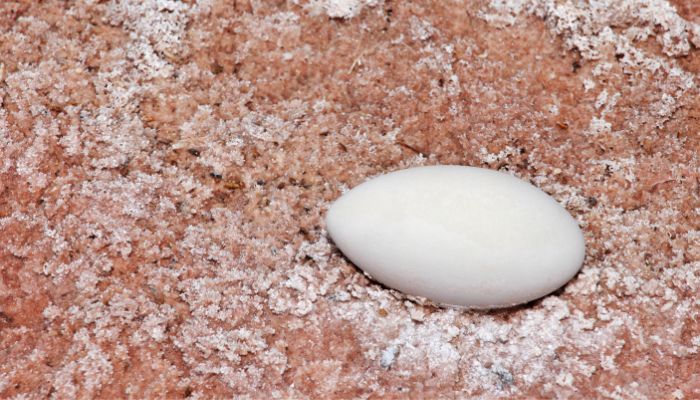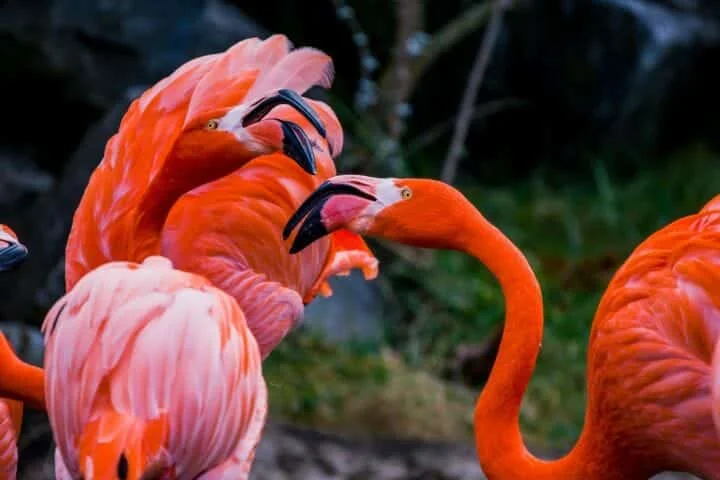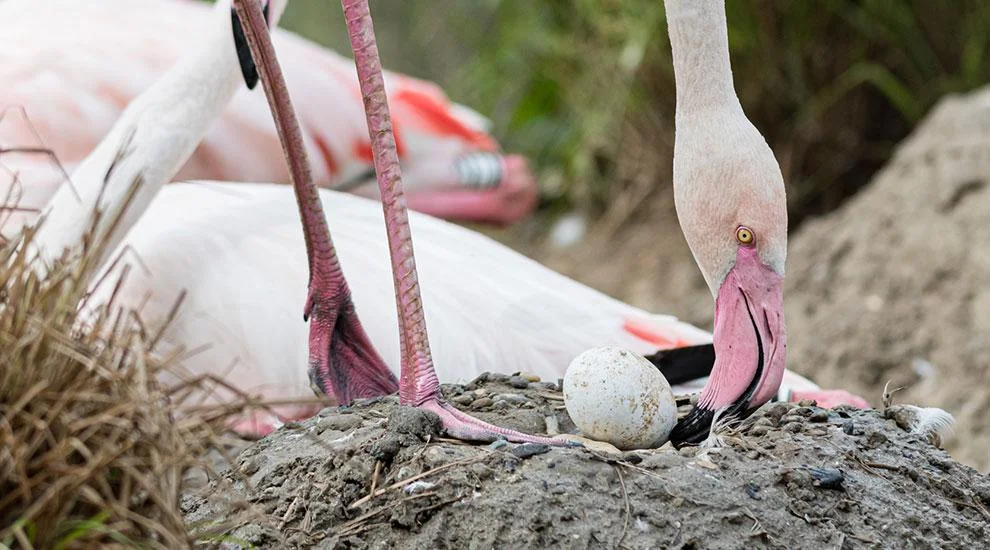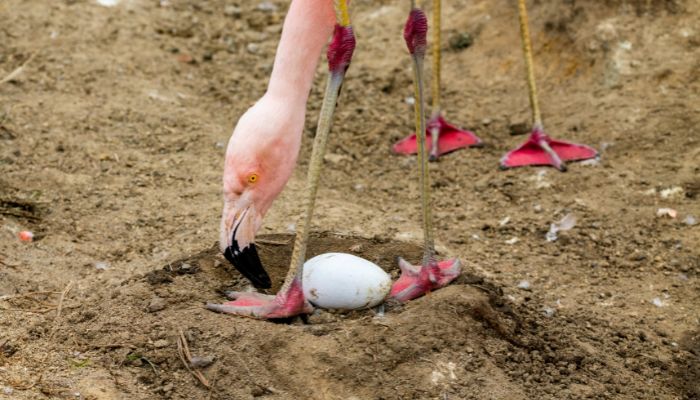Table of Contents
Discover fascinating insights into the Do Flamingos Lay Eggs, from its habitat and conservation status to its unique behaviors and reproduction.
Flamingos, with their vibrant plumage and distinctive long necks, are a sight to behold in the wild. But amidst their graceful presence, a question often arises: Do Flamingos Lay Eggs Let’s delve into this fascinating query and unravel the mysteries surrounding the reproductive habits of these elegant birds.
Do Flamingos Lay Eggs Reproduction

Flamingos, known for their large flocks and communal nesting sites, engage in complex mating rituals during their breeding season. These rituals involve elaborate displays of courtship, which play a crucial role in pair bonding and mate selection. Get More Info Flamingos Eggs.
Nesting Behavior
One of the most remarkable aspects of flamingo reproduction is their nesting behavior. These birds construct nest mounds made of mud, stones, and other materials found in their habitat. These mounds serve as incubation sites for their eggs, providing stability and protection against predators.

Egg Laying Process
Now, let’s address the burning question: do flamingos lay eggs? The answer is a resounding yes! Female flamingos typically lay a single egg, although some species may lay two eggs in a clutch. The eggs are incubated by both parents, who take turns keeping them warm until they hatch.
Incubation Period
The incubation period for flamingo eggs varies depending on the species, but it generally lasts around 28 to 32 days. During this time, the parents diligently tend to the eggs, rotating them periodically to ensure even warmth distribution.
Factors Influencing Egg Laying

Several factors influence the timing and frequency of flamingo egg laying. These include environmental conditions, food availability, and the overall health of the flock.
Environmental Conditions
Flamingos are highly adaptable birds, capable of nesting in a variety of habitats ranging from salt flats to lagoons. However, they are sensitive to changes in water levels and temperature, which can impact their breeding success.
Food Availability
An adequate food supply is essential for flamingos to Lay Eggs reproduction. These birds primarily feed on algae, crustaceans, and small invertebrates found in their aquatic habitats. A decline in food availability can lead to reduced breeding activity and egg production among flamingo populations.
Social Dynamics
Flamingos are social creatures that rely on the presence of a large flock for breeding. Group dynamics, hierarchy within the flock, and competition for resources can all influence the reproductive behavior of these birds.
Conservation Efforts
Given their iconic status and ecological importance, flamingos are the focus of numerous conservation initiatives worldwide. Protecting their breeding habitats, mitigating human disturbances, and addressing threats such as habitat loss and pollution are crucial for ensuring the long-term survival of these majestic birds.
Chilean Do Flamingos Lay Eggs
Latin Name
The Chilean flamingo is scientifically known as Phoenicopterus chilensis.
Class
It belongs to the class Aves, which encompasses all bird species.
Order
Within the avian world, the Chilean flamingo falls under the order Phoenicopteriformes.
Family
It is a member of the family Phoenicopteridae, commonly referred to as the flamingo family.
They Just Love the Warm, Tropical Climate That South America Has to Offer
The Chilean flamingo thrives in the warm, tropical climate of South America. Its natural habitat includes salt flats, lagoons, and estuarine environments, where it can be found foraging for food and engaging in various social behaviors.
Conservation
Conservation efforts aimed at protecting the Chilean flamingo and its habitat are crucial for its survival. Initiatives such as habitat restoration, pollution control, and community engagement are essential for mitigating threats to this iconic bird species.
Fun Facts about the Chilean Flamingo
- Chilean flamingos are known for their distinctive pink plumage, which is a result of their diet rich in carotenoid pigments found in algae and crustaceans.
- These birds are highly social and often gather in large flocks, where they engage in synchronized movements and vocalizations.
- Chilean flamingos are excellent swimmers, using their webbed feet and long necks to navigate through water bodies with ease. Get More Info Education.
Final Thoughts
In conclusion, the question “Do flamingos lay eggs?” can be answered unequivocally in the affirmative. These birds exhibit fascinating reproductive behaviors, including communal nesting, elaborate courtship rituals, and dedicated parental care. Understanding the factors influencing flamingo reproduction is essential for their conservation and preservation for future generations to admire and cherish.
FAQs:
What do Chilean flamingos eat?
Chilean flamingos primarily feed on algae, crustaceans, and small invertebrates found in their aquatic habitats.
How do Chilean flamingos reproduce?
Like other flamingo species, Chilean flamingos build nest mounds out of mud and stones, where they lay a single egg and take turns incubating it until it hatches.




